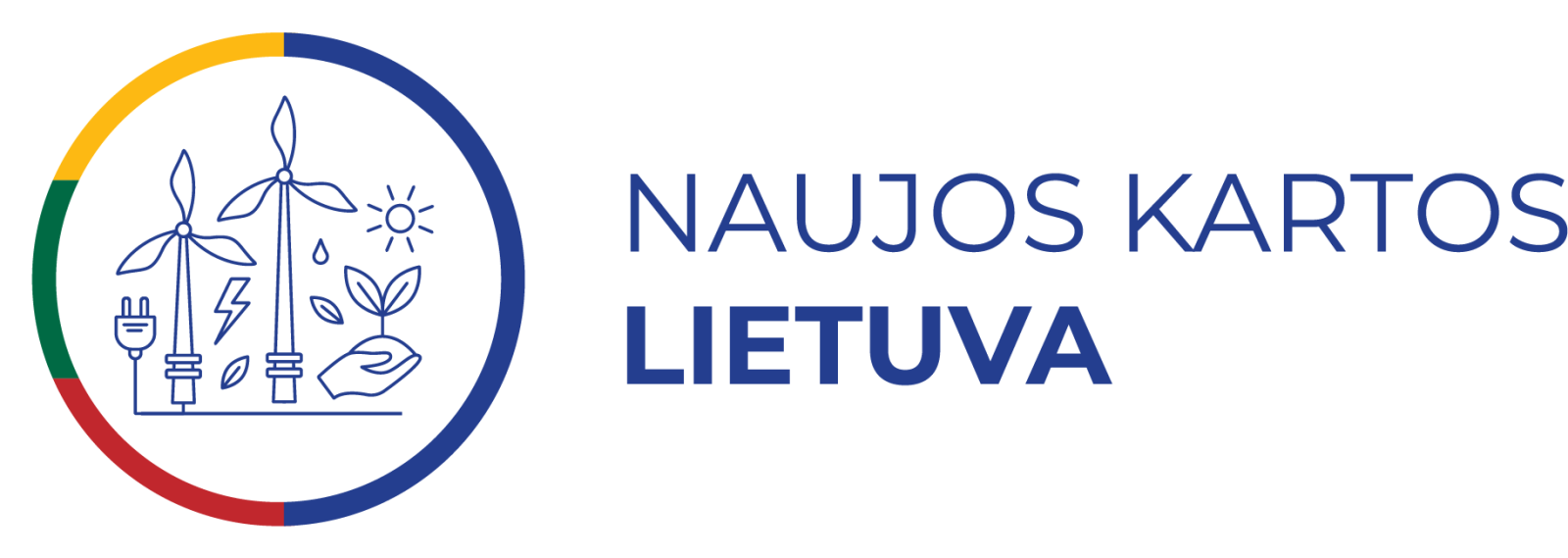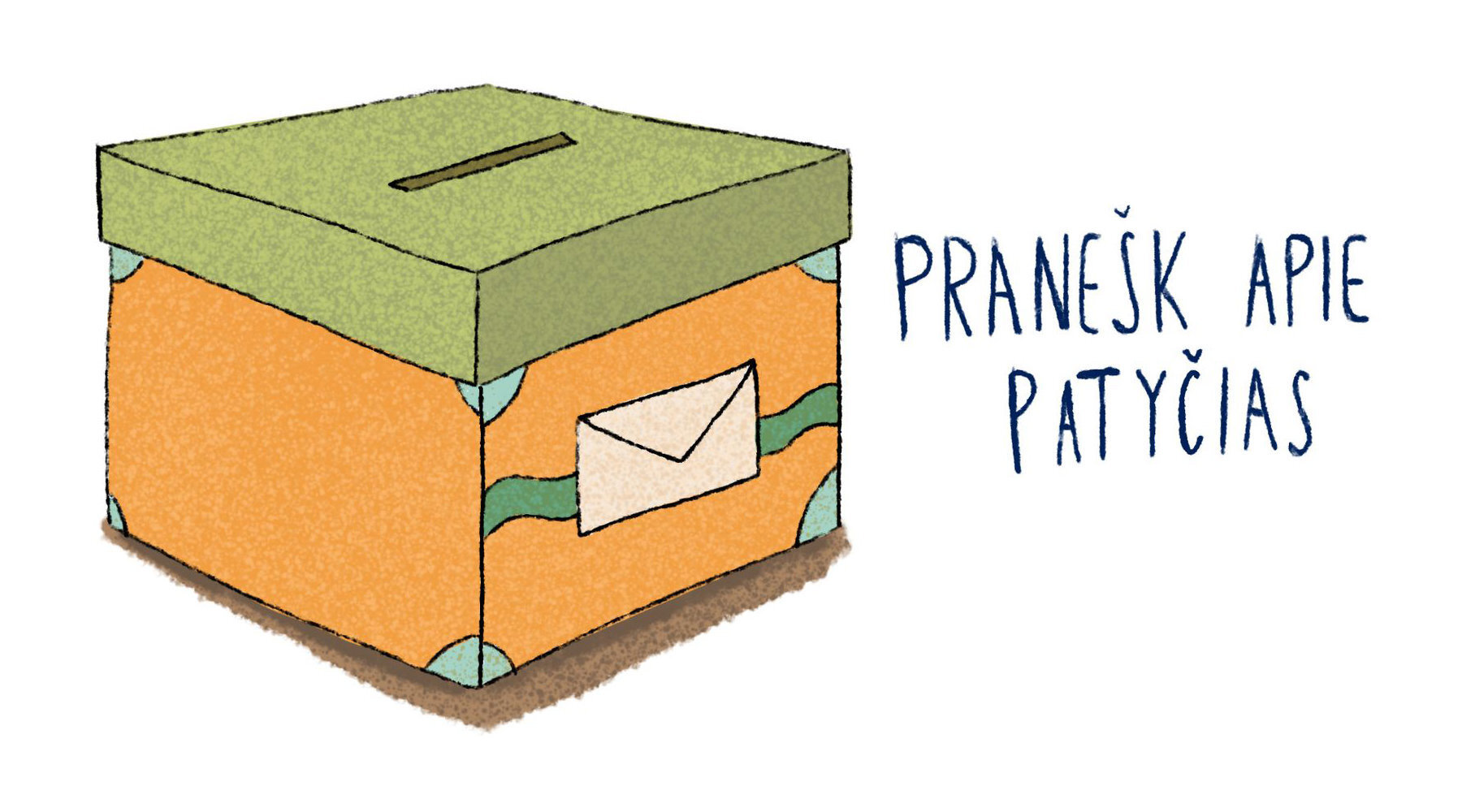Pamoka ,,Gamtos ištekliai Baltijos jūroje“
- Paskelbė : Mindaugas
- Paskelbta: 2021-01-12
- Kategorija: Projektinė veikla
Per geografijos pamoką mes, Šeduvos gimnazijos I klasės mokiniai, turėjome galimybę pasišnekėti apie aktualiausias problemas, su kuriomis susiduria Baltijos jūra. Perskaičiusi vadovėlį, mokytoja dar kartą pabrėžė didžiausius taršos šaltinius, o kai diskutavome vienas su kitu, net atradome dar kelis. Pratybos padėjo išskirti aktualias problemas ir patiems nuspręsti, kurios iš jų, mūsų manymu, pačios didžiausios.
Pratybose pildytoje lentelėje pabrėžėme šias problemas :
- Grunto sąvartynai.
- Naftos išsiliejimai.
- Statybinių medžiagų gavyba.
- Po II-ojo pasaulinio karo paskandinti ginklai.
- Laivyba.
- Pramonė, energetika.
- Trąšos.
- Pesticidai.
- Miestų bei gyvenviečių nuotekos.
- Išmetamos dujos.
Išskyrėme tris, mūsų nuomone, aktualiausias problemas ir teikėme siūlymus, kaip jas spręsti.
- Cheminiai ginklai – reiktų skirti didesnį finansavimą jų paieškoms ir naikinimui, nes kuo ilgiau jie guli jūros dugne, tuo labiau kenkia.
- Naftos išsiliejimai – suprojektuoti naujų laivų modelių, kurie avarijos metu neišlietų naftos į jūrą ir atvykusios specialios pajėgos galėtų saugiai nugabenti naftą į krantą be jokios gamtai padarytos žalos.
- Laivyba – ją reiktų riboti, nustatyti kriterijus, kokie laivai gali plaukioti, nes kai kurie išmeta labai daug teršalų ir taip kenkia jūrai.
Kad ir kaip turistų yra pamėgta Baltijos jūra, ją jau galima vadinti ,,Mirštančia jūra“ ir jeigu nieko nesiimsime, padėtis tik blogės. Labai gerai yra tai, jog susipažinome su šiomis problemomis, kol jos dar nepasiekė kritinio lygio ir dar galima jas spręsti.
Rugilė Šablevičiūtė, I klasės mokinė
Lesson “Natural Resources in the Baltic Sea”
During our geography lesson, the 1st Class students had an opportunity to talk about the problems which the Baltic Sea is facing. After we had read the textbook, the teacher once again highlighted the biggest sources of pollution and after our discussion, we even thought of several more. The exercises helped to identify the most relevant problems and we decided which of them are the most serious.
In the exercise, we highlighted the following issues:
- Landfills
- Oil spills
- Extraction and production of construction materials
- Weapons sunk after World War II
- Shipping
- Industry, energy
- Fertilizers
- Pesticides
- Urban and settlement wastewater
- Exhaust gases
We picked out 3 problems that seemed the most serious and made suggestions how to solve them.
- Chemical weapons – more funding should be provided for their search and destruction because the longer they lie on the seabed, the more damage they cause.
- Oil spills – new ship models should be designed that would not spill oil into the sea after an accident and special forces could safely transport oil to the shore without any damage to nature.
- Shipping should be restricted and clear criteria should be introduced which ships could sail because of their pollution and harm to the sea.
Although the Baltic Sea is popular with tourists, some people already call it the Dying Sea and if we don’t do anything, the situation will only get worse. A big plus is that we are familiar with these environmental problems before they have reached the critical level and it is still possible to solve them.
-
Dofe kvalifikacinis žygis įskaitytas. Valio!
- Paskelbta: 2020-06-16
- Kategorija: Projektinė veikla
-
Tarptautinio Nordplus projekto dalyvių viešnagė Estijoje
- Paskelbta: 2019-10-17
- Kategorija: Projektinė veikla
-
Dofe regioninė konsultacija Šeduvos gimnazijoje
- Paskelbta: 2019-05-03
- Kategorija: Projektinė veikla
-
Nordplus projekto ,, Vanduo-iš gelmių į paviršių" kūrybinė...
- Paskelbta: 2019-03-24
- Kategorija: Projektinė veikla






